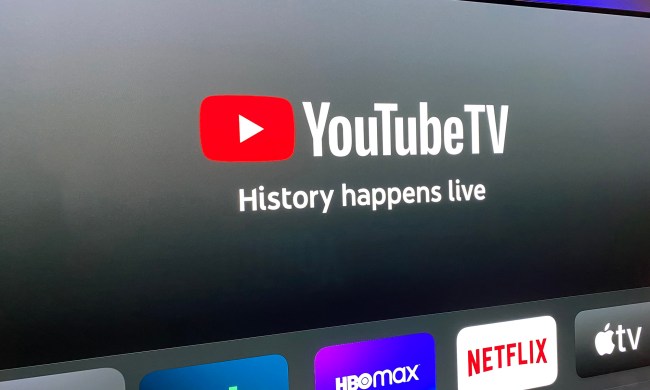
Yeah, you heard that right. One of the most popular websites on the planet, the online service where people watch hundreds of millions of hours of video every day, generating billions of views in the process, is not making money. Any.
That sounds even more remarkable when you think about all the ads you see on the service, whether they’re the pre-roll variety or sitting at the bottom of the video viewer.
Of course, despite the lack of profit, the video-streaming service isn’t about to crash and burn. Since 2006, it’s had Google’s backing, and the last we heard, the Mountain View company is swimming in cash.
YouTube is pulling in plenty of dollars – 4 billion of them in 2014, up by a billion on 2013 – but it’s also spending it like there’s no tomorrow. People “familiar with its financials” told the Wall Street Journal this week that after forking out for original content and also the infrastructure to keep the whole shebang going, the company is just about breaking even.
The good news is that income is rising, but efforts to generate a broad and loyal audience that turn to the service on a regular basis for original content appear to have hit a wall. The Journal points out how three years ago YouTube spent hundreds of millions of dollars on original content to build new channels, only to see many of them fail. Getting people to visit the site directly and regularly because there’s something specific they want to see, rather than dropping by occasionally via a link on another site or online service, appears to be a big challenge for the company.
YouTube is looking at other ways to monetize its site – it recently launched Music Key, a subscription service offering content ad-free and offline playback of its content. Music Key is, however, still in beta.
Efforts to target ads more effectively are also reported to be underway, meaning ads showing on the video site should soon start relating more closely to subjects you’ve been researching online. This should theoretically increase the chances of you sticking with a skippable ad, and when you do that, YouTube gets paid.
When Google acquired YouTube in 2006 for $1.65 billion, the streaming service brought in very little cash. However, an ad push four years later saw revenue jump, though profits are still elusive.
In the fast-changing landscape of online video, everything’s still to play for, and with vast resources at YouTube’s disposal, there’s a fair chance this particular giant can turn things around before too long.


